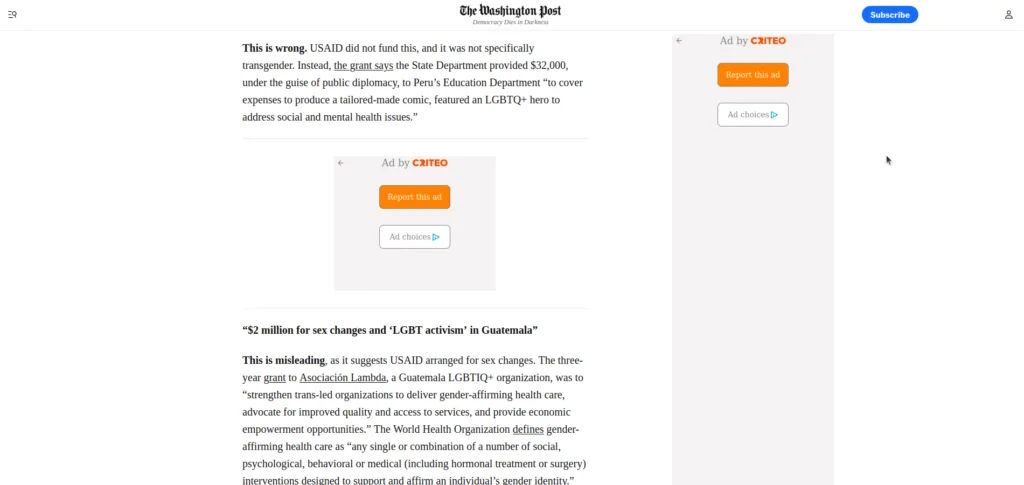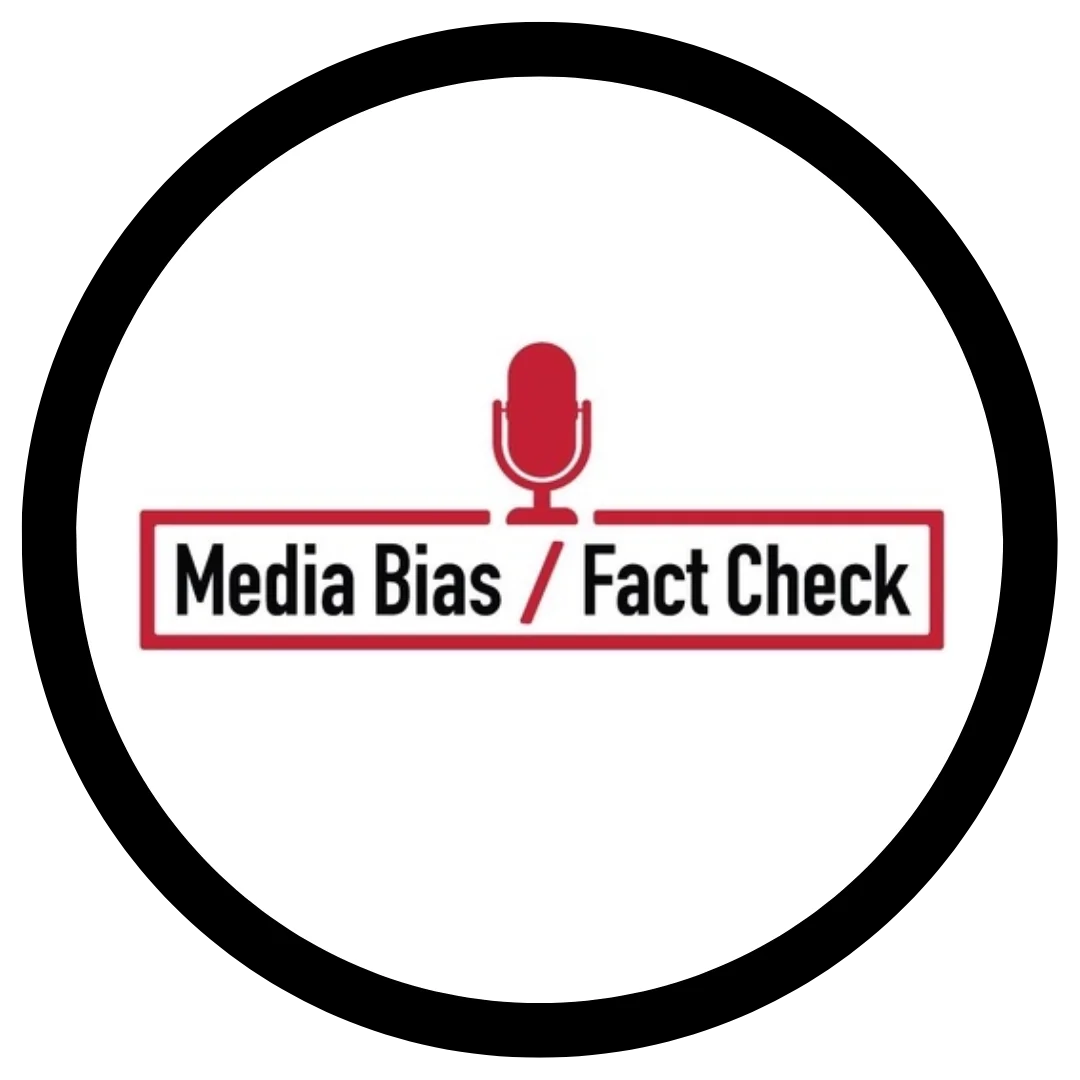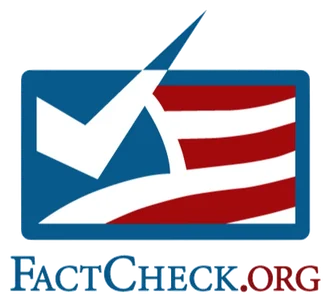The Fact Checker became a permanent feature of The Washington Post in 2011. They claim to be interested only in verifiable facts, stating: “We’re a fact-checking operation, not an opinion-checking operation.”
Quick Overview

Value for Money 30/40 ⭐⭐⭐⭐: Does Washington Post Fact Checker Deliver?
Washington Post Fact Checker prioritizes newsworthy topics, especially ones related to domestic and international policy. To help the readers understand the subject matter and navigate politically charged debates, the team evaluates claims in broader contexts instead of focusing on minor errors. Fact Checker provides context that is often missing from mainstream coverage by analyzing both sweeping and granular claims.

Unlike some fact-checking organizations that target news media, the Washington Post Fact Checker primarily focuses on politicians, policy influencers, and lobbying organizations. While it does occasionally fact-check misleading news reports, its primary goal is holding those in power accountable. This approach, in theory, should keep their efforts relevant and impactful for a long time.
The Fact Checker follows The Washington Post’s corrections policy to openly acknowledge and rectify errors. Readers can request a correction via email or phone, and any adjustments will be clearly labeled at the bottom of the article.

Fact Checker is funded by The Washington Post, which is owned by Jeff Bezos — the executive chairman of Amazon. In 2018, the platform received a $250,000 grant from Google News Initiative/YouTube to expand video fact-checking. While this funding raises questions about independence, the team emphasizes its commitment to unbiased reporting and claims to maintain editorial control over its content. Compared to other fact-checking websites A*Help reviewed, however, this setup is tangibly less transparent.
Overall Experience 43/60 ⭐⭐⭐: Is Washington Post Fact Checker’s Nose Growing?
Instead of a simple true/false rating, The Fact Checker uses its signature Pinocchio Test. Some claims are graded on a scale of one to four Pinocchios, representing varying degrees of falsehood. The team provides detailed explanations behind each rating, and the scale breakdown is linked in every article it’s applied to. Some assigned Pinocchios are displayed in the feed, but that’s not the case for all of the articles. On the article’s webpage, they’re located underneath the text alongside TL;DR (presumably, to entice readers at to scim the text, at least). This is not ideal — in A*Help’s opinion, they would work better at the top. That said, the consensus is often communicated well enough through the article title’s tone alone.

The Fact Checker integrates its sources throughout its articles rather than listing them separately at the end. Whenever possible, links to primary sources are included, allowing readers to verify claims on their own.
There is a comment section under each article, open only to logged-in subscribers. Users can rate the comments of others in four categories: Clarifying, New to me, Provocative, and Thoughtful. At the top of each discussion, the site provides “Highlights”: a brief AI-generated summary of the comment section and a couple of comments with the most ratings in each category, when applicable. After a certain point, the discussion closes for everyone. An interesting way to approach online discussion. A bit of gatekeeping, but that could have a moderative purpose, too.

Users can submit claims for fact-checking (“statements, speeches, quotes, and figures that don’t quite pass muster”) via a digital form or an email. They can also send in anonymous news tips through secure channels like Signal, Secure Drop, regular post, or encrypted email. Readers can engage with the team on Twitter and Facebook using the hashtag #FactCheckThis.
The Verdict
The Washington Post Fact Checker is by now a well-established fact-checking platform that seems methodologically sound. Its commitment to correction transparency and detailed explanations make it a reliable resource for verifying political claims — it shouldn’t be your first choice for unrelated topics (it operates under the “Politics” tab, after all) but will work great for PoliSci academic works. While the Pinocchio scale introduces some subjectivity, the site mitigates this by thoroughly explaining its ratings. The Pinocchios are not added under every article in the feed, so you cannot always know the verdict at a glance. It is wise to keep the Fact Checker’s association with The Washington Post in mind when you’re using it, alongside the team’s claims of editorial independence. Overall, the Fact Checker is a valuable tool when you need to separate fact from fiction in political statements.
| Why academichelp.net is a credible source of information: Stay curious with us. Academichelp.net has been a reliable educational resource since 2011, providing students with the latest news, assignment samples, and other valuable materials. Even with the extensive information we process, our quality remains consistent. Each team member has experience in education, allowing us to evaluate new sector offerings critically. Our reviews are up-to-date and relevant, with impartiality ensured by the A*Help score methodology from mystery shopping. We aren’t affiliated with any listed service providers. Our focus remains on providing our audience with reliable and unbiased data. |
Follow us on Reddit for more insights and updates.






Comments (0)
Welcome to A*Help comments!
We’re all about debate and discussion at A*Help.
We value the diverse opinions of users, so you may find points of view that you don’t agree with. And that’s cool. However, there are certain things we’re not OK with: attempts to manipulate our data in any way, for example, or the posting of discriminative, offensive, hateful, or disparaging material.